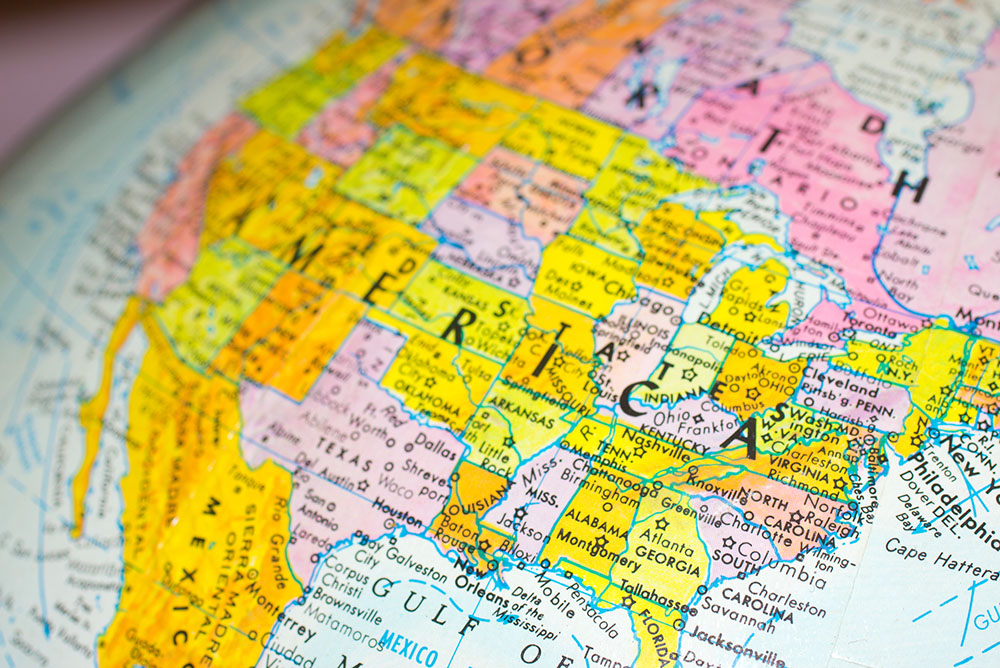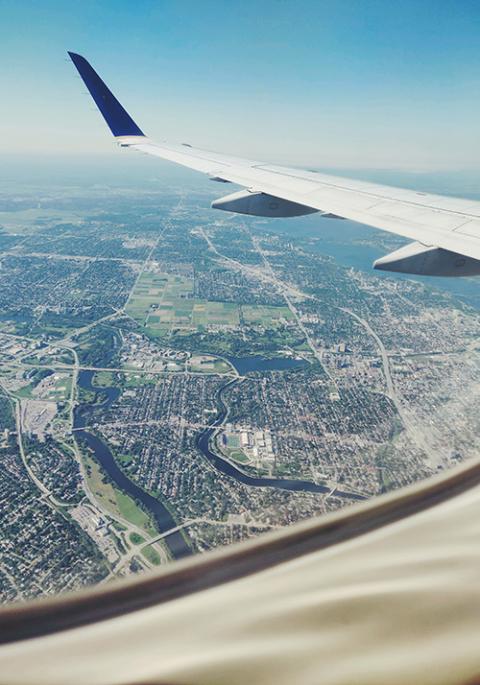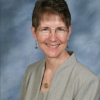
(Dreamstime/Littleny)
I have always loved maps. I remember how in grade school we had to draw the outline of each state for geography class and learn what that state produced that contributed to the overall economy. Or opening up a neatly folded map to navigate a road trip with a yellow marker showing the way. There was something comforting and amazing knowing that someone had traversed the country finding all these roads, rivers, cities, towns and landmarks.
The entire map of the United States gave me a sense of how all these individual states with their shapes and geological identities were part of a whole. Bordered by the Pacific and Atlantic oceans, Canada and Mexico, we were one country.
Because my work involves quite a bit of travel, I often found myself on airplanes. Sitting by the window gave me an opportunity to see the various terrains of the country. When I had the opportunity to fly across country on a clear day, I would watch the cities give way to farmland to open fields to cattle country to mountains to the coast with small towns sprinkled throughout.

(Unsplash/Shubham Sharan)
I never tired of it. It provided a perspective drawing me beyond my own boundaries of place. Realizing that there was such diversity, but it was all within one country.
These memories came back to me as I flew across country recently. It was a clear day and a morning flight. However, when I stood for a stretch break, I was dismayed by what I saw. Throughout the whole plane daylight was not to be seen. All the window shades were closed. Everyone was watching their personal video screen with their individual choice of a show.
We were all separate and distinct ... we could be anywhere ... going anywhere.
What came to mind was the work of historian Colin Woodard, who posits that North America is made up of 11 distinct nations, each with its own unique historical roots and cultures developed over the years.
Woodard also explores how the struggle between individual liberty and the common good contributed to these divisions and has been the basis of nearly every major disagreement in our history. (The books are American Nations: A History of the Eleven Rival Regional Cultures of North America and American Character: A History of the Epic Struggle Between Individual Liberty and the Common Good.)
This analysis is an interesting backdrop to our current naming of states along political persuasions: red, blue or purple. The struggle between two basic values of the United States — individual liberty and the common good — continues.
It not only continues, but has intensified as we, as a nation, have become more diverse in race, religion, language, gender, country of origin, educational achievement and economic status. Individual liberty and the common good are increasingly at odds with each other.
Our differences have become more distinct and the question that is stirring underneath is whether we are still one country.
Advertisement
If we are going to continue to be one country and attempt to work out our future together, some new ways of thinking about things will be important. The Institute for Communal Contemplation and Dialogue's program "Enter the Chaos: Engage the Differences to Make a Difference" offers a few what-ifs for consideration.
- What if difference is not division?
- What if oneness is not sameness?
- What if understanding is not condoning?
- What if disagreement is not conflict?
Rethinking what we assume about our differences as a nation and what behaviors keep us from engaging in dialogue with those who think differently is critical to our future. Such an awareness and freedom to respond in new ways flow from a contemplative heart.
Our contemplative practice awakens us to see our connection to the land we inhabit, to be in awe of its diversity as well as the diversity among all of us who live on the land.
We create a spaciousness to reimagine how our differences could strengthen our pluralistic democracy, how moving toward understanding might shift what possibilities could emerge for addressing anew both individual liberty and the common good.
I’m not sure what it will take for us to begin but perhaps we can start by opening up the shades when we are on a plane and really take a look out the window to see where we are and where we are going. To take the time to sense how we are part of the land and each other. To look at the people around us and not just the video screen or the screen on our phone. To think about the what-ifs and make them statements of fact.
Let us deepen our contemplative practice so as to embrace our underlying unity as a people and as a nation and behave in the ways necessary to forge a future that respects both individual liberty and the common good.







